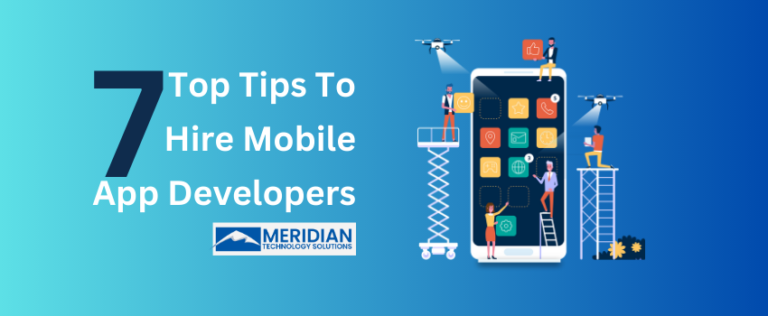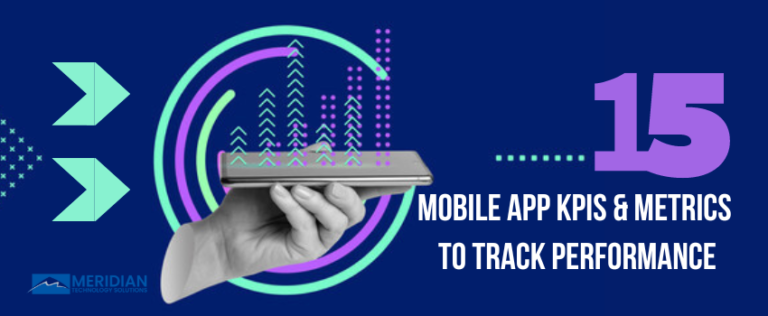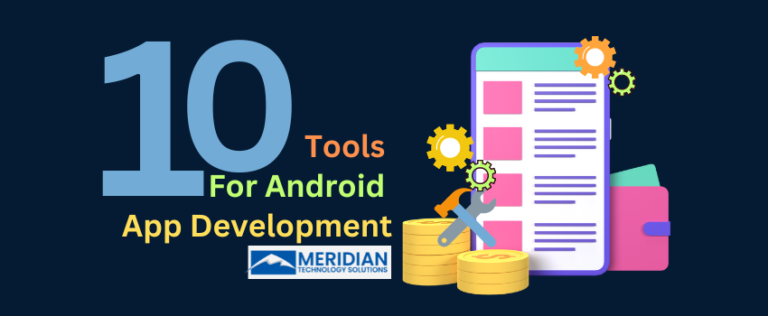Getting Started With App Development: Here Are Steps To Follow
With over 6.3 billion smartphone users across the world, it’s no surprise that the mobile app industry is thriving. While several tech companies are taking benefits of app development, some of which don’t know how to start with an app development that works on mobile devices.
These are key steps to start with app development
(1) Define the App Strategy:
Without a well-defined app strategy, development efforts can be unfocused, leading to an app that fails to resonate with the intended audience or achieve desired outcomes.
App strategy is essential for app development as it sets the direction and goals for the app. It involves understanding the target audience, identifying their needs, and aligning the app’s features and functionalities to meet those needs. An effective app strategy helps in making informed decisions about the app’s design, development, and marketing. It ensures appropriate resources allocation and maximum user engagement to achieve business objectives.
(2) Conduct Feasibility Analysis:
Evaluate the technical feasibility and potential challenges associated with developing your app idea. Consider factors like platform compatibility (iOS, Android, or both), required features, and integration possibilities.
(3) Make a Project Plan:
Outline the project timeline, milestones, and resources needed for app development. You can break down the tasks into manageable units and allocate resources to keep the project on track.
A well-defined project plan helps in prioritizing tasks and setting realistic deadlines that allows for project completion within the defined parameters. It also allows for better coordination and collaboration among team members, minimizes risks, and enables stakeholders to track the progress of the project.
(4) UI/UX Design:
The purpose of app design is to render a seamless experience with an amazing look and feel. Create wireframes and mockups to visualize the app’s structure and navigation. Pay attention to usability, intuitive design, and a visually appealing interface. Excellent user interface and user experience make apps user-friendly and so, keep users engaged.
(5) Develop Prototype:
Build an interactive prototype of your app using design tools like Figma or Invision, or prototyping software. Prototyping allows you to transform your app idea from abstract concepts into tangible representations. By creating a visual prototype, you can showcase the app’s design, layout, and overall user interface, giving stakeholders and potential users a clear understanding of your vision. This allows you to test the basic functionality and gather user feedback before investing in full-scale development. This feedback helps in refining and improving your app concept.
Prototyping facilitates an iterative development process. This iterative approach allows for more flexibility, reduces the risk of costly redesigns, and ensures that the final product aligns with user expectations.
(6) App Development:
Effective app development comprises interactive front-end and back-end development. Develop the server-side infrastructure required to support your app. This includes setting up databases, APIs, user authentication, and any other necessary server components. For frontend development. Build the client-side components of your app using programming languages like Swift (iOS) or Java/Kotlin (Android). Implement the UI/UX designs, integrate APIs, and ensure responsiveness across different screen sizes.
(7) Functions & Features Integration:
Add functionalities to your app, such as user authentication, push notifications, social media sharing, payment gateways, location services, or any other specific features you’ve planned.
(8) App Testing & QA:
Conduct thorough testing to identify and fix any bugs, performance issues, or usability problems. Perform functional testing, compatibility testing, usability testing, and security testing to ensure a robust and error-free app.
(9) Post-Release Support & Maintenance:
Maintenance of your application helps to fix the bug and related issues that might affect the app performance. This also monitors user feedback and checks if it continues to work as expected. Regularly update your app to introduce new features, improve performance, and ensure compatibility with new OS versions.
(10) App Marketing & Promotion:
Develop a marketing strategy to create awareness and generate downloads for your app. Utilize various channels such as social media, app store optimization (ASO), content marketing, and advertising to reach your target audience.
This is one of the most important steps to gain popularity for your app in the market. Once you perform the right app marketing and promotion approach, you will see a drastic increase in the number of downloads, positive reviews and ratings online too.
Want to know more about mobile app development? Stay tuned with us, read our blogs.







